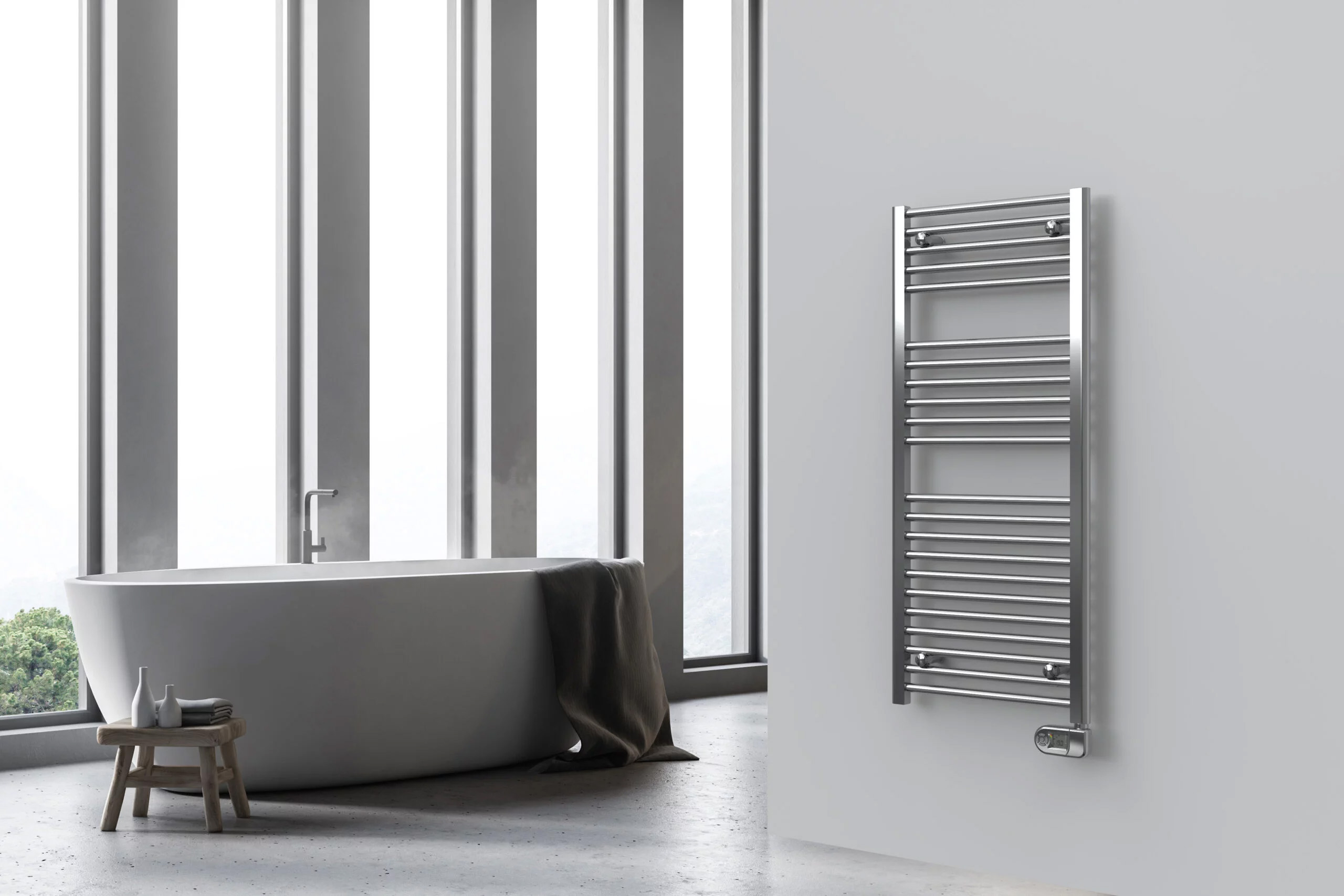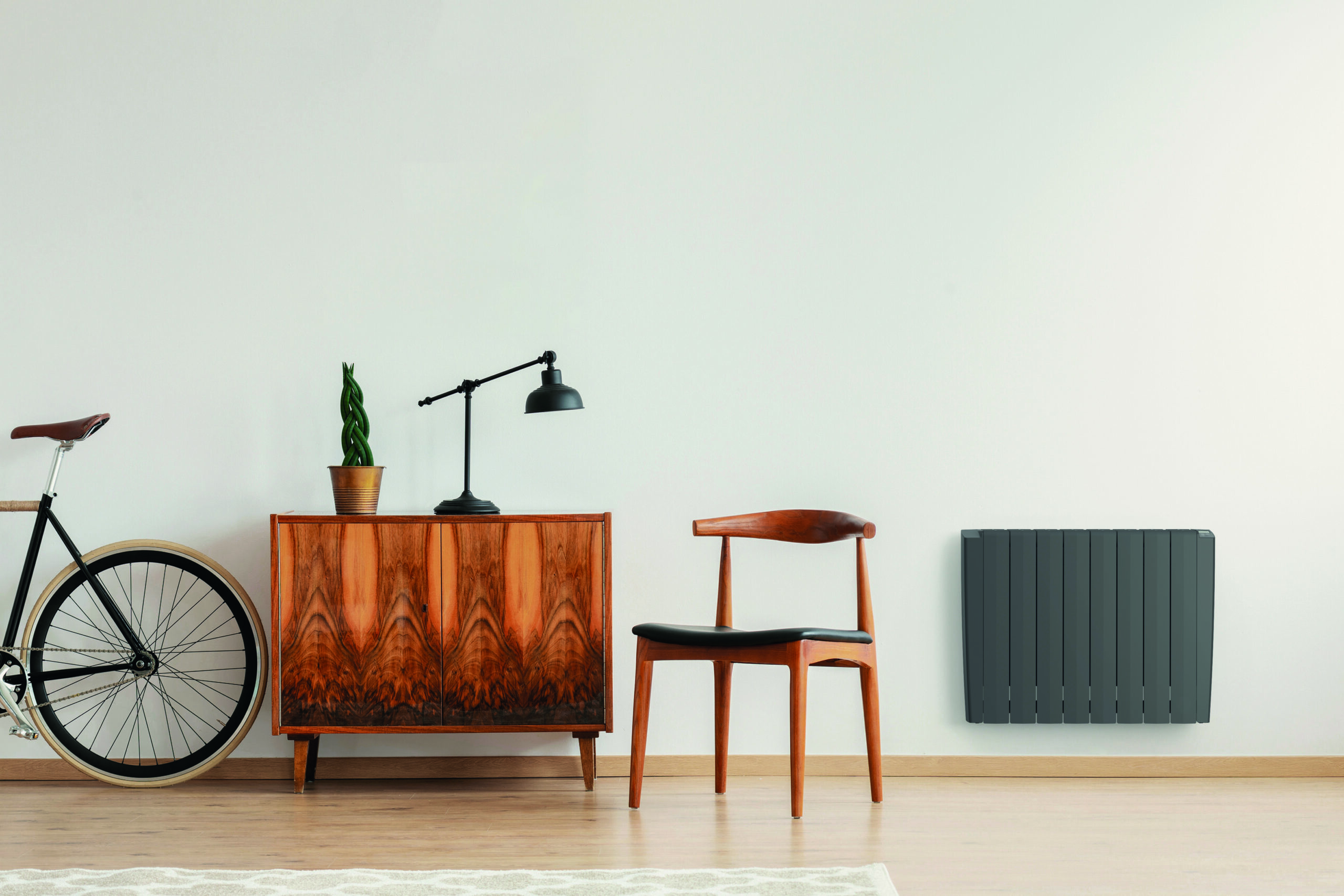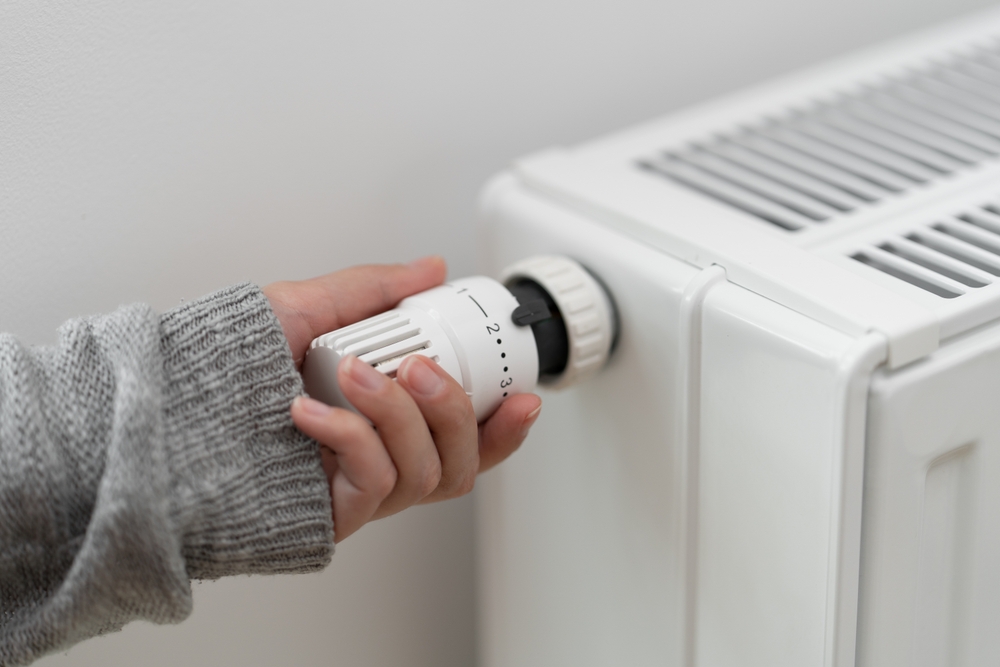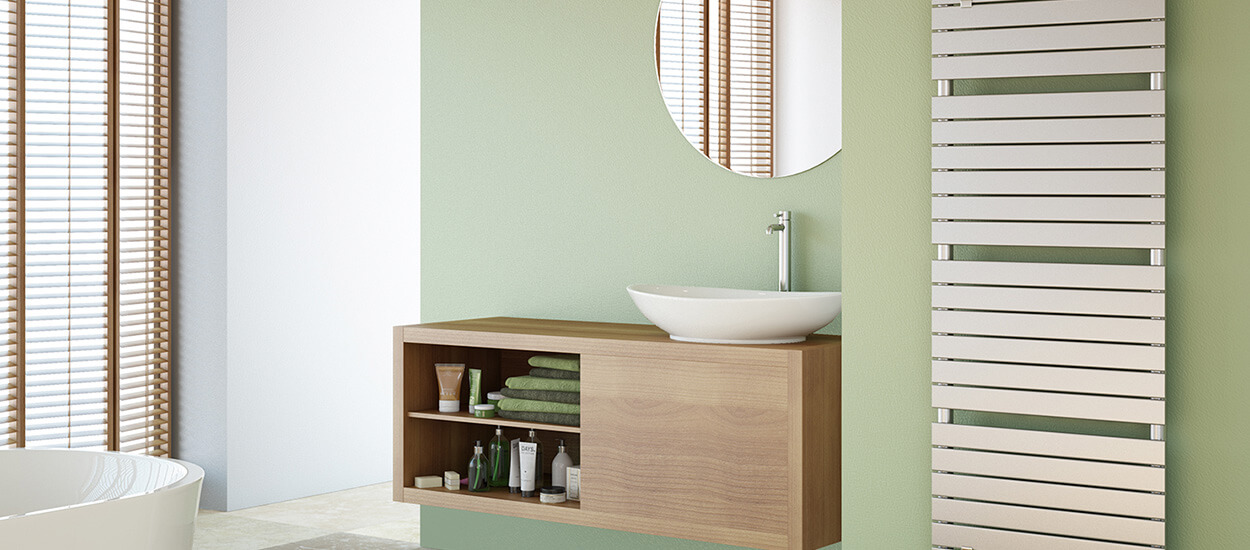Whether your radiators are old or new, you will still need to focus on maintenance to keep them working at their best. Bleeding your radiators is essential, no matter what size, style, or orientation your radiator is. Keeping your home warm should be a priority and bleeding your radiators often will ensure your rooms heat up as quickly as possible. Practising this small procedure regularly will keep your bills down and save you from wasting money, consequently helping the environment too. Your radiators are just as important as your boiler, so if you are paying energy bills to heat up an inefficient system, you are not getting the full heat benefit for your money. The big question is when to bleed radiators and how to do this efficiently.
What Actually is Bleeding a Radiator?
Bleeding a radiator is the act of removing unwanted air from the heating system. Hopefully, your heating system has the right chemicals inside to ensure that the inside of the system doesn’t suffer from rust. Rust is a black magnetite sludge in your heating system, it can often settle in parts of your radiator, and this will result in an impede water circulation around the system. Air in the system can be a contributor to rust and that can lead to leaks and other issues. When air and water are combined with metal, rust can occur.
How Does Bleeding a Radiator Help It Work?
When you bleed a radiator, it will take out unwanted air and as a result, it will allow the space the air was taking up to fill with water. This will help to ensure that you have the best possible water circulation in your heating system and a more efficient system overall. You can find more details on our advice page and if you need help with the procedure of bleeding your radiator, we have a bleeding radiator YouTube video and a bleeding radiator guide.
Signs Your Radiator Needs Bleeding Immediately
If the top section of your Stelrad Radiator feels cold when you touch it and the bottom of the radiator is warm, this is a sign you should bleed it. Other signs are if the radiator feels cold everywhere and if you can hear noises coming from the radiator, these will usually be gurgling noises. Cold spots and noises indicate air is trapped within the radiator water and bleeding it is the method you need to use to remove the air. Air can get trapped and rise to the top of your radiator, this is common with vertical radiators, but also happens with horizontal radiators. You shouldn’t worry if this happens, it’s normal for radiators to need bleeding.
How Often Should You Bleed Radiators?
We recommend bleeding your radiator at least once a year, some radiator owners end up bleeding theirs more than once as air can sneak inside easily. You will be surprised at how much air can get inside a radiator without you even realising. Unfortunately, if you have numerous cold or lukewarm radiators in the rooms in your home, this might be linked to a larger issue with the full heating system. You could contact a local plumber to see if your boiler is malfunctioning or to ask questions about flushing out your heating system. If you have a radiator on the ground floor that is cold, but your radiators are hot on other floors in your home then this is probably linked to the heating system. There might be a problem with circulation and sometimes this could be a pump issue, the pump might be struggling to move the hot water through the system. We recommend contacting a professional to check your full system if this is happening.
When to Bleed Radiators – Step-By-Step Instructions
After diagnosing the issue with your radiator, follow these simple steps to bleed your radiator:
Step 1:
Turn your heating off so that the pump is not running.
Step 2:
Once identifying which radiators are affected, wait for the radiators to cool so hot water doesn’t harm you whilst bleeding your radiator.
Step 3:
To be clean and tidy from spillages you might need a cloth and towels, as well as a radiator bleed key. If you do not have a bleed key, you can use a flathead screwdriver to turn the slot on the valve, however, a bleed key is more efficient and always advised. You can find them in DIY shops, and they are a helpful tool to help screw the valve open and closed.
Step 4:
Starting with the ground floor radiators first.
Step 5:
Locate the bleed valve, which is usually at the top on one end, the ‘key’ should fit correctly over the square release nipple. Don’t turn anything just yet. Make sure your work area is covered with towels and you have a clean cloth handy.
Step 6:
Carefully turn the bleed valve key (or if possible, a flathead screwdriver) anti-clockwise a quarter turn. Hold the dry cloth to the valve to soak up the water and try to protect the wall. You may hear a hissing sound until all the air escapes.
Note: If the whole bleed valve is turning at once, you will need to hold against the turning direction with a spanner as this will remove the vent plug and cause damage.
Step 7:
Once all the air has been released water will start to run out of the hole, wait for a steady stream of water without any spluttering before closing the valve in a clockwise direction.
Step 8:
Make sure you clean up any spilt water, wiping down the radiator, so the radiator doesn’t rust.
Step 9:
Once you have completed these steps for all radiators in your system, check that the pressure setting is correct on the system if you have a combination boiler. Turn the heating back on and check all radiators for cold spots, leaks, and drips around the bleed valve. You may need to bleed some radiators again once the water has run through the system.
Step 10:
If you have a sealed pressurised system, check the manufacturer’s recommended pressure setting is correct. Normally 1.2 to 1.5 Bar). By bleeding your radiators, the overall pressure will have been lowered. If the pressure is too low, you may need to top up your boiler with water.
Things to Remember When Bleeding the Radiator
If you know when to bleed radiators and you are ready to start the process on all the radiators in your home, you should make sure you bleed the radiators after switching off your central heating. You don’t want to risk getting scolded by hot water from the radiator, so make sure the radiators are cold when you bleed them. The process of bleeding a radiator can take a while depending on how much air is trapped inside and the size of the radiator; orientation can also play a part. If you need to bleed all the radiators in your home, make sure you have enough time to do this, as each radiator will take around 30-60 seconds to bleed, but you might need to wipe up spillage after you have let the trapped air out. Larger radiators with an older system could take longer to bleed too.
Bear in mind, that if you have lots of radiators in your home, it’s always best to start bleeding from downstairs first, even though each radiator has a separate entity. Once you have finished with the downstairs radiators, you can move on to the upstairs and work your way up the house if you have more than two floors. Bleed all your radiators, even if some of them aren’t cold or making noises, you might be surprised with how much air will be released.
 Next Day Delivery£18 For Next Day Delivery On All Products*When ordered before 2pm.*T&Cs apply
Next Day Delivery£18 For Next Day Delivery On All Products*When ordered before 2pm.*T&Cs apply HOME SERIESConcord Rail Coloured
HOME SERIESConcord Rail Coloured






